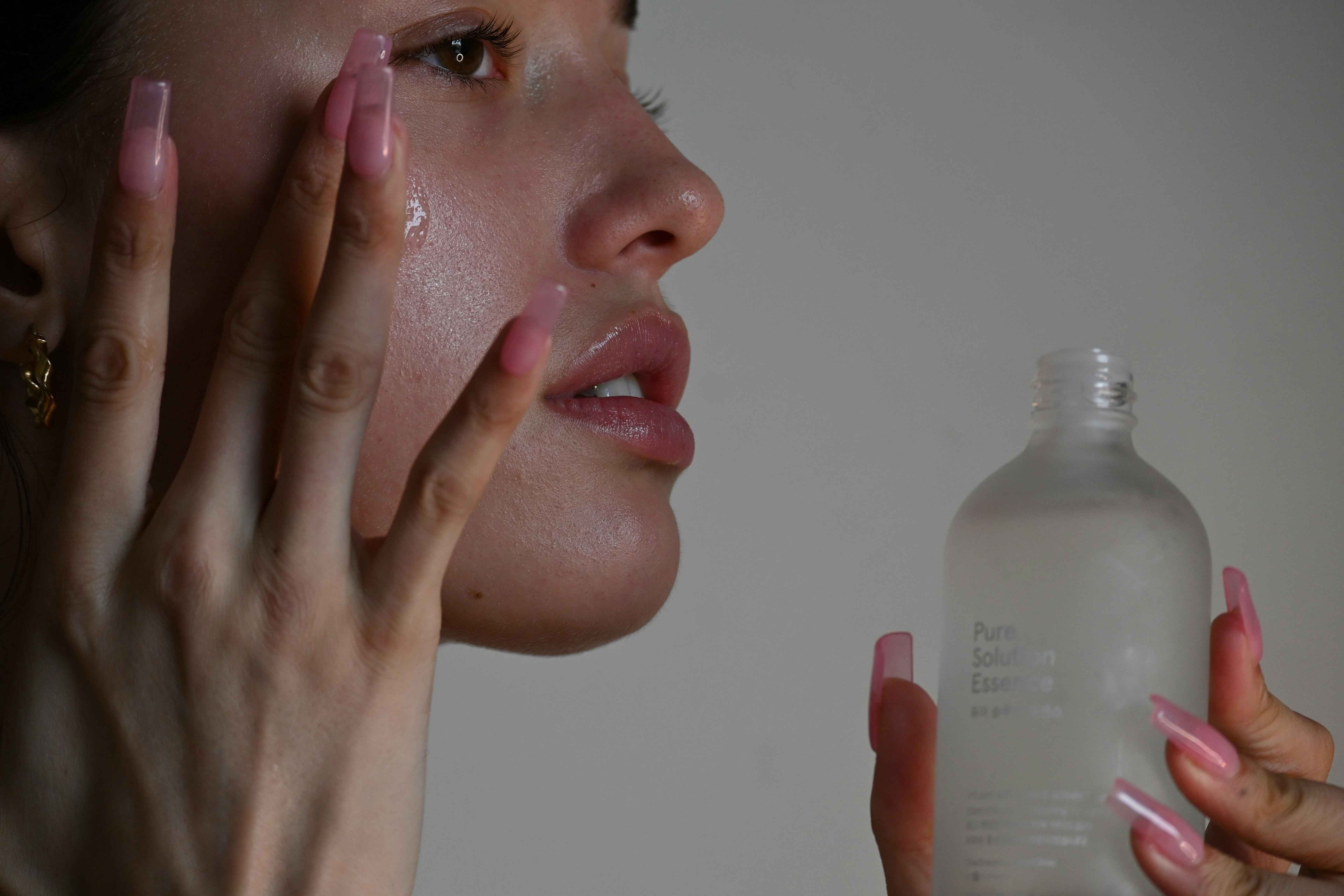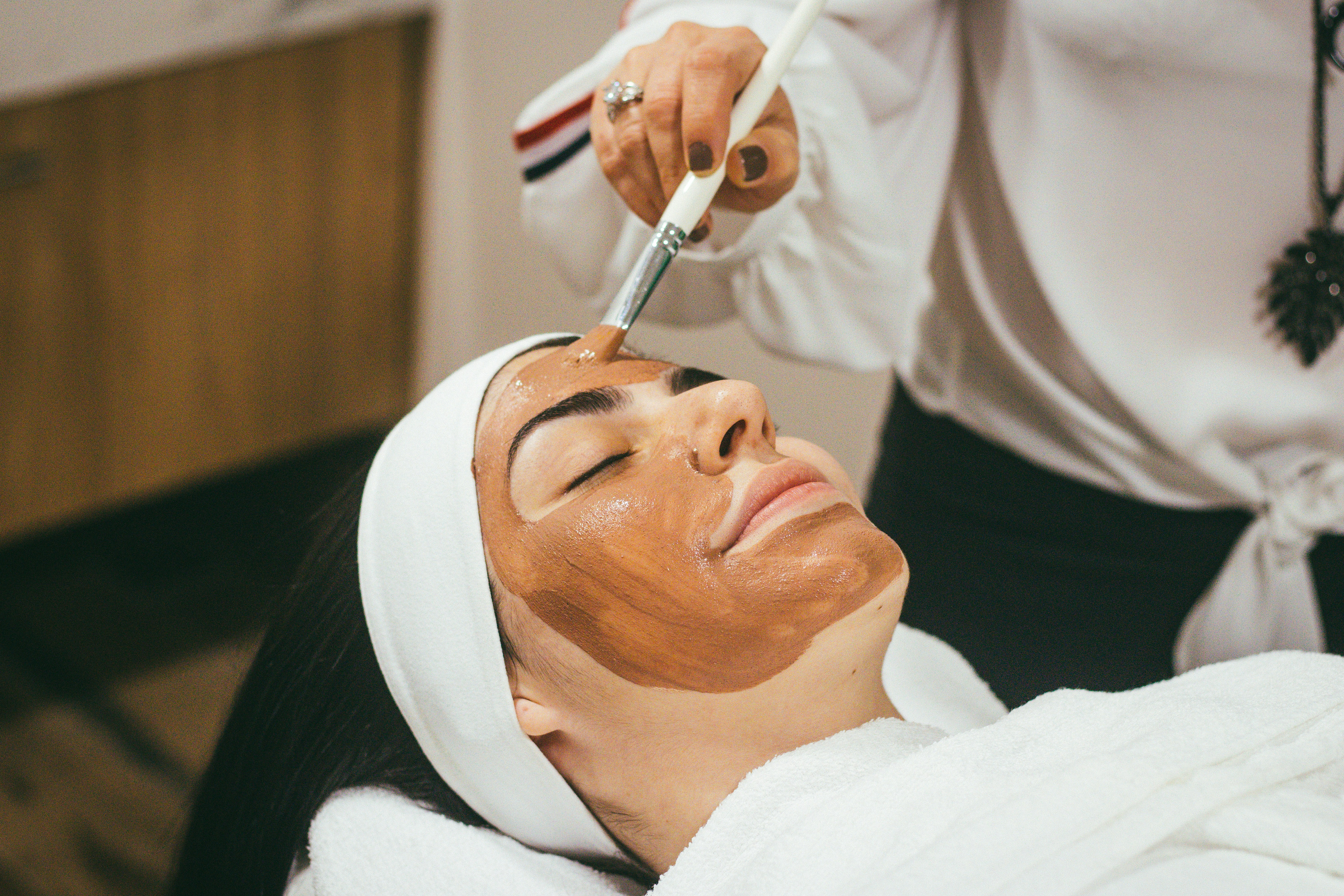5 Mistakes People Make with Skincare
/f/101802/5974x3988/65ae8c1b3c/skincare2.jpg)
The 5 Mistakes People Are Making with Their Skincare (and How to Fix Them)
Your skin is your body’s largest organ, but for many of us, skincare feels like an overwhelming mix of conflicting advice, endless product launches, and TikTok trends that may or may not actually be good for you. If you’ve ever wondered why your skin isn’t improving—or worse, seems to be getting more irritated—there’s a good chance you’re making one of these five common skincare mistakes. The good news? They’re all fixable.
AI was used to generate this article. Sick of AI bots and AI search result responses and content? Want to have a video call with an actual human licensed skincare specialist (esthetician) now? Our experienced estheticians are available to give advice and talk through your skincare questions or issues. Download The Guided App at https://theguidedapp.com/ and have a video call with an esthetician now!
1. Overcomplicating Your Routine
The Mistake:
In an age where a 10-step Korean skincare routine has been glamorized online, many people think “more products = better skin.” The problem? Overloading your skin with too many active ingredients, harsh exfoliants, and overlapping treatments can cause irritation, breakouts, or even damage your skin barrier.
Why It’s a Problem:
When your skin barrier is compromised, you may experience redness, dryness, and sensitivity. Using too many active ingredients at once—like retinol, vitamin C, and chemical exfoliants—can also cause them to cancel each other out or make your skin more reactive.
The Fix:
Start simple. A solid routine only needs three basic steps: cleanser, moisturizer, sunscreen. Once your skin adjusts, you can layer in a single targeted treatment at a time, like a retinol for anti-aging or a niacinamide serum for brightening. Give each new product at least 4–6 weeks to see how your skin responds before adding another.
2. Skipping Sunscreen (or Using It Incorrectly)
The Mistake:
You might think sunscreen is just for sunny days at the beach. In reality, UV damage can happen any day—rain or shine, indoors or outdoors.
Why It’s a Problem:
UV rays are the number one cause of premature aging, sun spots, and fine lines. Even worse, they significantly increase your risk of skin cancer. And yes, UVA rays can penetrate windows—meaning your “I’m just staying inside today” excuse doesn’t hold up.
In recent months, sunscreen safety has become a hot topic. Studies have shown that certain chemical filters—like oxybenzone, homosalate, and homosalate—can be absorbed through the skin and remain in the bloodstream for weeks after application News Channel 3-12EWG. In animal trials, oxybenzone has disrupted hormonal activity, altered mammary structures, and even shown signs of tumor-promoting processes EWGhealthtenfold.com. Although human-based evidence remains limited, these findings have sparked widespread regulatory scrutiny.
As a result, several regions—including parts of the U.S., Europe, and Australia—are pushing for stricter limits or outright bans of risky ingredients like oxybenzone and homosalate The AustralianThe Guardian. Environmental impacts have also raised concern: chemical sunscreens are linked to coral bleaching and aquatic harm, prompting more calls for “reef-safe” alternatives TIMEEHN.
Still, dermatology experts caution against abandoning sunscreen altogether. They emphasize that UV protection is vital and recommend mineral-based options like zinc oxide or titanium dioxide as effective, safer choices—particularly for sensitive skin or children TIMEThe Guardian.
In short, sunscreen remains essential—but choosing safer formulations matters for both personal health and environmental well-being.
The Fix:
Apply a broad-spectrum SPF 30 or higher every morning as the final step of your skincare routine, regardless of the weather. Use about a nickel-sized amount for your face, and don’t forget your neck, ears, and the backs of your hands. If you’re outside, reapply every two hours.

3. Using Harsh Scrubs or Over-Exfoliating
The Mistake:
Many people equate scrubbing harder with cleaner, healthier skin. This often leads to using gritty scrubs daily—or doubling up on exfoliating cleansers and acid serums without realizing it.
Why It’s a Problem:
Over-exfoliation strips away the protective oils your skin needs, leading to redness, dryness, and breakouts. Harsh scrubbing can also create micro-tears in the skin, making it more vulnerable to irritation and infection.
The Fix:
Limit physical scrubs to 1–2 times per week if you use them at all, and consider switching to a gentle chemical exfoliant (like glycolic acid, lactic acid, or salicylic acid) no more than 2–3 times per week. Always follow exfoliation with a nourishing moisturizer to keep your skin hydrated and protected.
4. Not Considering Skin Type or Climate
The Mistake:
Grabbing whatever’s trending or on sale without thinking about whether it suits your skin type or the environment you live in.
Why It’s a Problem:
A thick, heavy cream might work wonders for someone in a cold, dry climate—but leave someone in a humid, tropical area feeling greasy and clogged. Similarly, a foaming cleanser could be perfect for oily skin but overly drying for someone with sensitive or mature skin.
The Fix:
Identify your skin type—oily, dry, combination, sensitive, or normal—and select products formulated for it. Adjust seasonally: you might need a richer moisturizer in winter and a lighter gel moisturizer in summer. If you travel frequently, consider bringing a small “climate-friendly” skincare set so your skin doesn’t go through shock in a new environment.

5. Expecting Overnight Results
The Mistake:
We live in an instant-gratification world, but skincare is a slow, steady process. Many people abandon routines too quickly, assuming a product “isn’t working” after just a few days.
Why It’s a Problem:
Most skincare ingredients need weeks to show visible results. Retinol, for example, can take 12 weeks to significantly improve texture and fine lines. Giving up too soon not only wastes money, but also keeps you stuck in a cycle of constantly switching products—never giving your skin the stability it needs.
The Fix:
Set realistic expectations:
Moisturizers can improve hydration in hours to days.
Acne treatments can take 4–8 weeks.
Anti-aging serums can take 3–6 months for noticeable change.
Be consistent, track your skin’s progress with monthly photos, and avoid judging results too soon.
Final Thoughts: Your Skin Thrives on Consistency
The best skincare routine isn’t the most expensive, complicated, or trendy one—it’s the one you stick to consistently. By avoiding these five mistakes, you’ll give your skin the chance to repair, renew, and look its best.
If you’re feeling overwhelmed or unsure about what your skin really needs, consider speaking to a licensed dermatologist or esthetician. Some apps—even telehealth platforms—now allow you to connect with a skincare professional via video call, so you can get tailored advice without leaving your home.
Your skin will thank you—and so will your future self.
Still have questions about skincare? Our experienced, professional licensed estheticians are available to give advice and talk through your skincare questions or issues. Download The Guided App at https://theguidedapp.com/ and have a video call with an esthetician now!
This article is generated by AI. For comments, questions, or other inquiries, please reach at [email protected].
/f/101802/902x1183/a236b464a9/video-calls-with-plumbers.jpg)
/f/101802/4649x3099/9fa7f459da/speech-therapy.jpg)
/f/101802/4819x3213/c590b5823a/graphic-design.jpg)